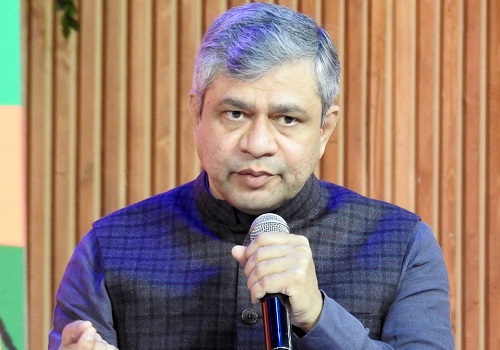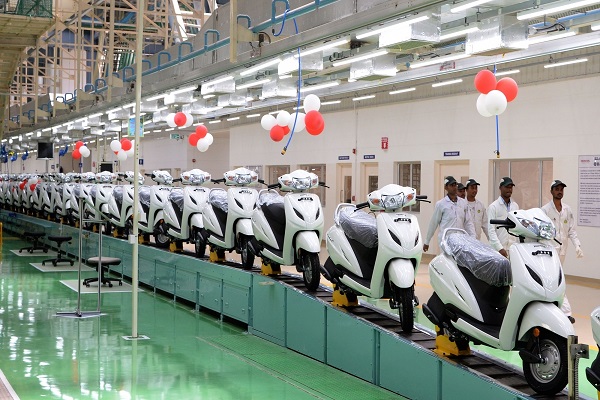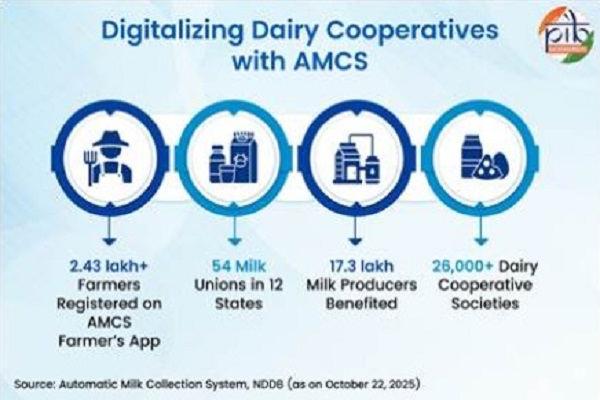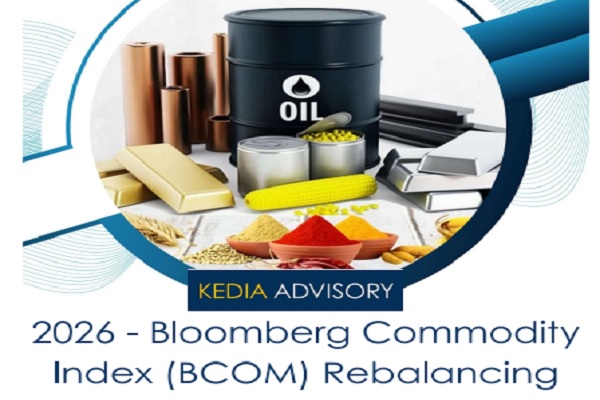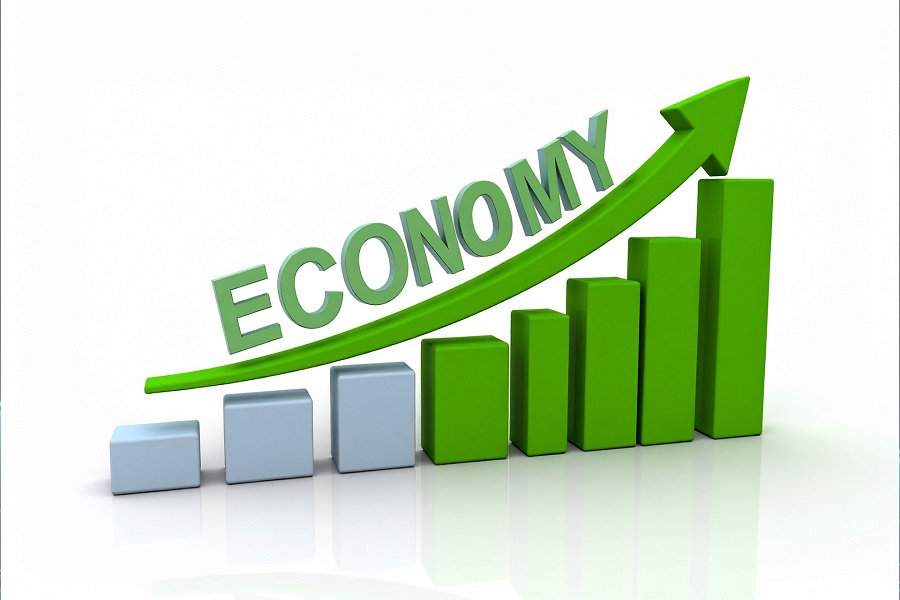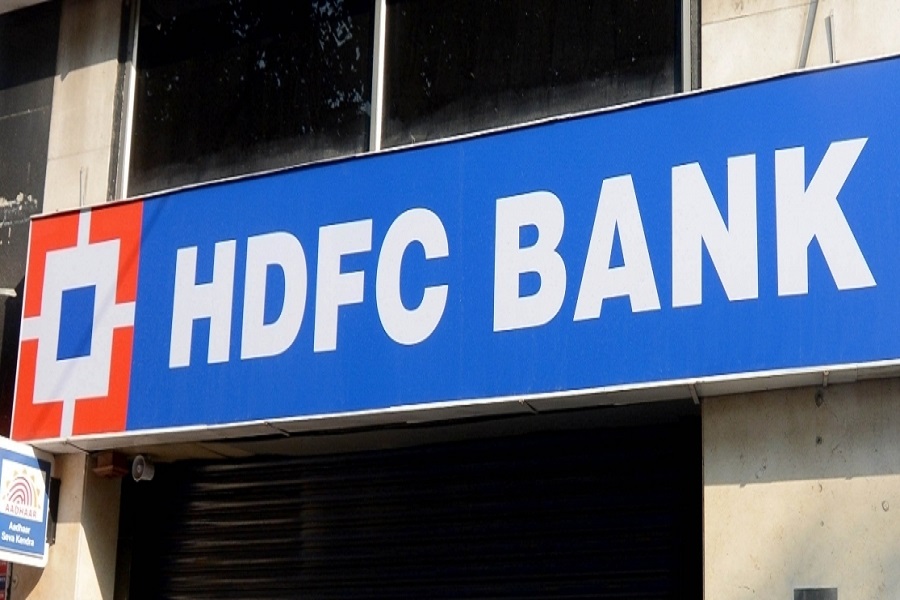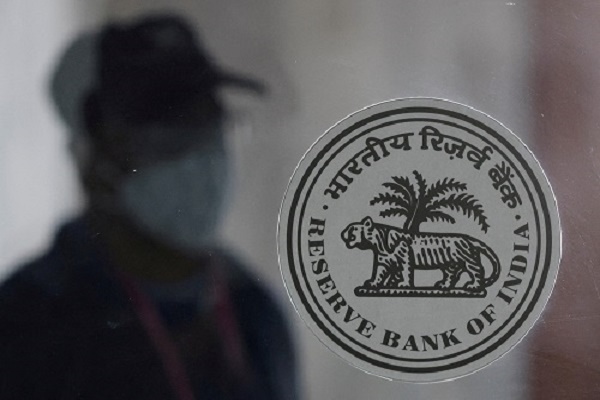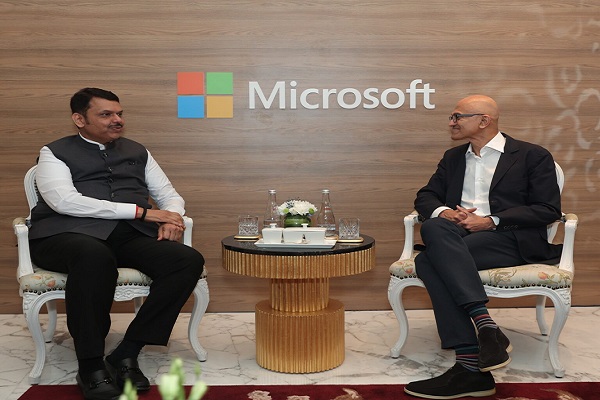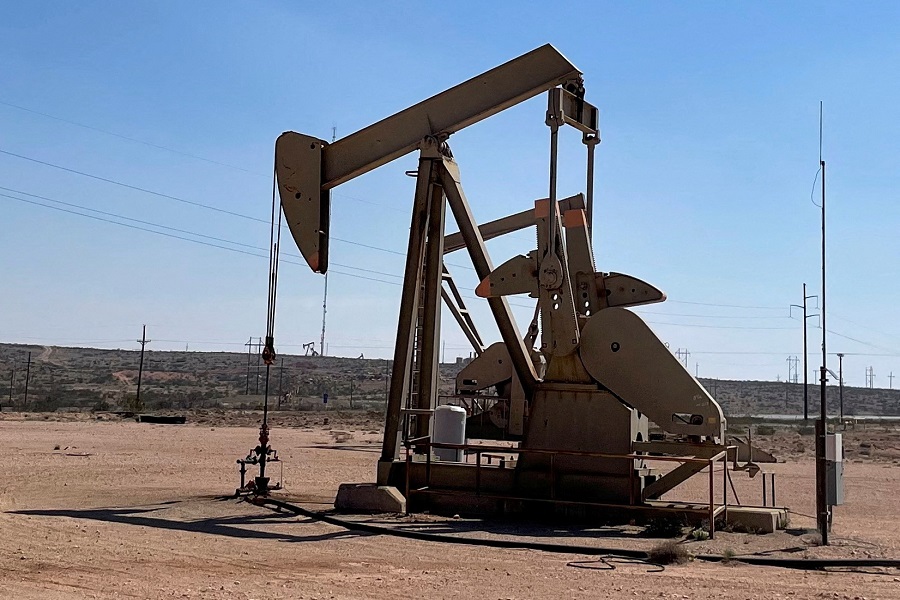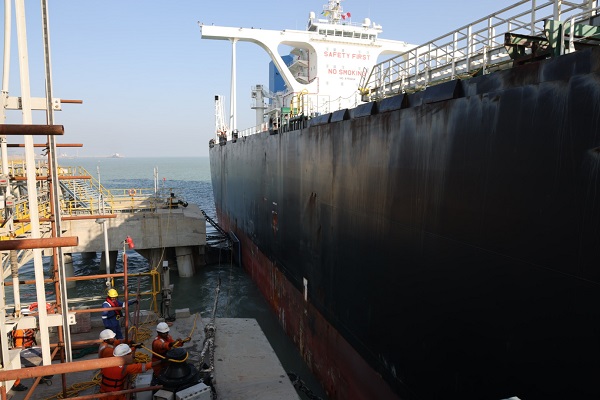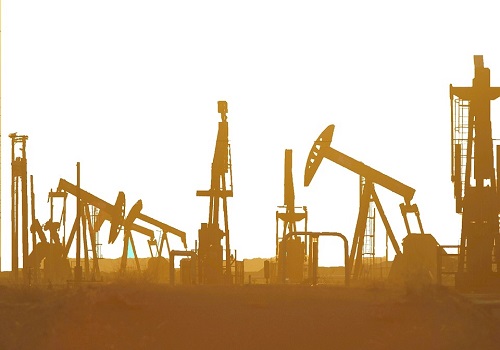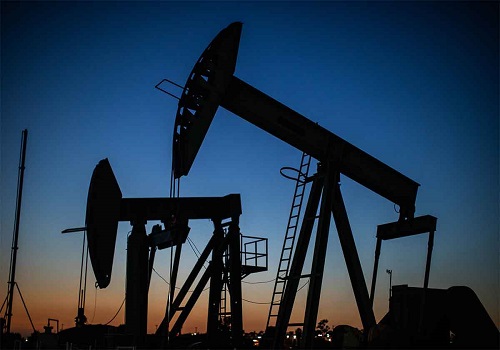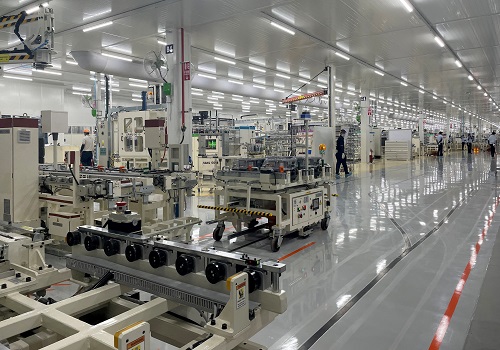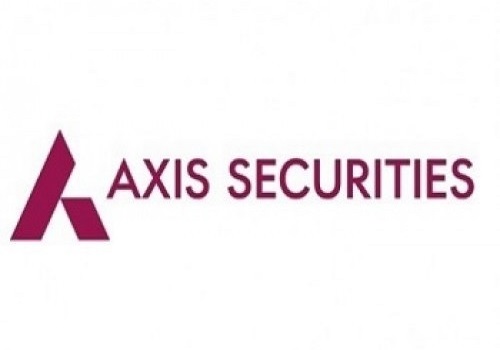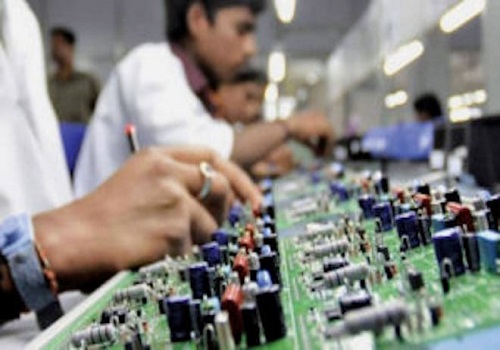Oil and Gas Sector Update : Iran disruption may add $5-10/bbl, but Brent capped at $80/bbl amidst oversupply By JM Financial Services
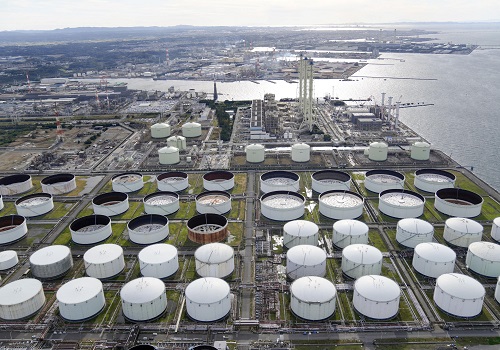
Brent crude price has risen by a sharp ~7% to ~USD 74/bbl driven by fears of a significant disruption in Iran’s crude oil exports of 1.5-2.0mmbpd out of its total crude oil output of ~3.4mmbpd via: a) attacks on Iranian energy infrastructure; and/or b) tightening of US sanctions on Iranian oil exports (and China agreeing to comply with the same, as it is buying 80-90% of Iranian crude exports). Disruption of Iran’s crude oil exports by 0.5-1mmbpd can add USD 5-10/bbl to crude price, but that is unlikely to flare up Brent > USD 80/bbl given current over-supply of 1-2mmbpd and Saudi Arabia’s spare capacity of ~2mmbpd. There is a huge upside risk to crude price if Iran is able to disrupt crude supply through the key Strait of Hormuz via which ~20% of global oil & LNG shipments takes place. The probability of this, though, is low; the Strait of Hormuz has never been blocked during earlier wars in the region, and its blocking is extremely unlikely this time as well, as US and Western countries are likely to take strong measures against any such disruptions given the huge risk it can pose to global oil and gas prices and, hence, inflation. Brent may remain in USD 70-80/bbl in the near term amidst heightened geopolitical tensions; however, we expect Brent to stabilise ~USD 70/bbl in the medium term once the tensions ease.
We maintain BUY on ONGC and Oil India as they are key beneficiaries of high crude price while their CMPs are discounting ~USD 65/bbl crude realisation; every USD 1/bbl higher oil price boost their EPS by 1.5-2%. Further, ONGC and Oil India are likely to see earnings growth aided by robust ~15% and 25% production growth, respectively, in the next 1-3 years. OMCs’ auto-fuel GMM is at: a) a normalised ~INR 3.5/ltr at ~USD 77/bbl Brent, and b)~INR 5.5/ltr at ~USD 73/bbl Brent (fully compensating for likely FY26 LPG under-recovery of ~INR 300bn); every USD1/bbl rise in crude price results in OMCs' auto-fuel GMM declining by ~INR 0.5/ltr. Every rise/decline in auto-fuel GMM by INR1/ltr results in increase/decrease in OMCs book value by 0.2-0.5% per month. We maintain our SELL on HPCL/IOCL and HOLD on BPCL as we believe OMCs’ risk-reward is not favourable given their aggressive capex plans and as valuations are 10-30% above the historical average (at ~1.3x FY27 PB for HPCL/BPCL and ~0.9x FY27 PB for IOCL).
* Sharp jump in crude price driven by fears of disruption in Iran’s crude oil exports of 1.5- 2.0mmbpd: Brent crude price jumped over 7% to ~USD 74/bbl last Friday after Israel struck at Iranian nuclear and military facilities with the objective of preventing Iran from building a nuclear weapon. The sharp jump in crude price is on the back of fears of a significant disruption in Iran’s crude oil exports of 1.5-2.0mmbpd out of its total crude oil output of ~3.4mmbpd (balance crude being consumed domestically by Iran). The potential disruption in Iran’s crude oil exports could be on account of: a) attacks by Israel on Iranian energy infrastructure; and/or b) tightening of US sanctions on Iranian oil exports (but this is likely to have an impact only if China agrees to comply with US sanctions, given China is buying 80-90% of Iranian crude exports). In the first apparent attack on Iran's energy infrastructure, Israel targeted the South Pars natural gas field (and Shahran oil depot), which is world’s biggest gas field, producing around 275bm of gas p.a. or 6.5% of global gas output but is consumed domestically as its not able to export due to US sanctions. Iran’s current crude output of ~3.4mmbpd had declined to ~2.4mmbpd in CY19 when US had tightened sanctions and is still below pre-sanction level of 3.8mmbpd – Exhibit 3
* Disruption of Iran’s crude oil exports by 0.5-1mmbpd can add USD 5-10/bbl to crude price but is unlikely to flare up Brent > USD 80/bbl given current over-supply of 1- 2mmbpd and Saudi’s spare capacity of ~2mmbpd: Sustained disruption of Iran’s crude oil exports by 0.5-1mmbpd can add USD 5-10/bbl to crude price in the near to medium term and lead to Brent crude price stabilising at USD 75-80/bbl. However, it is unlikely to flare up Brent significantly above USD 80/bbl due to: a) likely surplus of 1-2mmbpd in CY25 due to excess output growth from non-OPEC+ (1-1.4mmbpd supply growth in CY25 from non-OPEC+ countries vs demand growth of ~0.7-1mmbpd – Exhibit 7-8) and reversal of OPEC+ 2.2mmbpd voluntary cuts – Exhibit 6; and b) ~2mmbpd of spare capacity with Saudi Arabia (and additional spare capacity of ~1mmbpd with UAE) which it may use to offset potential supply disruption given strong relationship between US President Trump and Saudi Arabia (Saudi Arabia’s Apr’25 output is 9.0mmbpd, but it is likely to rise to 10mmbpd post easing of 2.2mmbpd voluntary cuts while its capacity is 12.1mmbpd) – Exhibit 4.
* Low probability but huge upside risk to crude price if Iran is able to disrupt crude supply through key Strait of Hormuz via which ~20% of global oil & LNG shipments take place: Strait of Hormuz is a key global chokepoint for global oil & gas supply as its only 21miles wide (at its narrowest point), and connects the Persian Gulf and the Arabian Sea and sees huge ~20mmbpd of oil and oil products pass through, accounting for ~20% of global oil shipments and also ~20% of global LNG trade. The Strait of Hormuz is the primary export route for major oil producing nations such as Saudi Arabia, Iraq, Iran, UAE, and Kuwait and major gas exporter Qatar (Exhibit 2). Iran, due to its geographical proximity to the strait, has always threatened historically to disrupt global oil & gas supply by blocking it to deter attack by western countries; an Iranian official was quoted giving a similar threat in the last few days as well. However, the Strait of Hormuz has never been blocked during earlier wars as well, and its blocking is extremely unlikely this time as well, as US and Western countries will take strong measures against any such disruptions given the huge risk it can pose to global oil and gas prices and, hence, inflation. Further, this is strongly opposed by Middle East countries as it hurts their export revenue and is also against Iran’s own self-interest. However, this is likely to increase shipping and insurance cost due to increased threat perception. Please refer Exhibit 1 for major supply outages historically in global oil markets.
* Brent may remain in USD 70-80/bbl in near term amidst heightened geopolitical tensions; however, expect it to stabilise ~USD 70/bbl in medium term once geopolitical tensions ease: As discussed in our recent note (Crude price: At cross-road between Saudi & US short-term interest vs long-term compulsion), we expect Brent to stabilise ~USD 70/bbl in the medium term (once geopolitical tensions ease) as otherwise it could lead to a steep rise in Saudi Arabia’s fiscal deficit (given its high fiscal break-even price of ~USD 85/bbl – Exhibit 15) and also hurt US shale oil capex (which will be against US President’s plans to boost energy exports to reduce US trade deficit). We believe the recent U-turn in Saudi Arabia’s-led OPEC+ strategy from price to market share is mostly to threaten Kazakhstan/Iraq to comply with the output quota and partly to accede to the US nearterm demand for lower oil price (to help end Russia-Ukraine war and to push Fed to cut interest rate). Saudi Arabia's budget deficit has already jumped to USD 15.6bn in 1QCY25, more than 50% of its full CY25 deficit estimate of USD 27bn due to low oil price; the deficit could rise further given the recent fall in oil price, possibly resulting in rising debt and delays in major diversification projects.
* Maintain BUY on ONGC and Oil India as they are key beneficiaries of high crude price while their CMPs are discounting ~USD 65/bbl crude realisation; every USD 1/bbl higher oil price boost their EPS by 1.5-2%: We maintain BUY on Oil India (unchanged TP of INR 500) and also ONGC (unchanged TP of INR 290) based on: a) our Brent crude price assumption of USD 70/bbl while CMP is discounting ~USD 65/bbl of net crude realisation and b) also given ~12%/25% production growth outlook in the next 1-3 years. Further, Oil India’s earnings growth is likely to be aided by expansion of the NRL refinery from 3mmtpa to 9mmtpa by Dec’25 given the management guidance of excise duty benefits continuing for the expanded capacity as well. ONGC and Oil India are key beneficiaries of high oil price with every USD 1/bbl higher oil price boosting their EPS by 1.5-2%. Further, now there doesn’t exist any cap on ONGC/Oil India’s net crude realisation (vs. cap of USD 75/bbl during Jul’22 till Nov’24) as the government has removed windfall tax on crude petroleum w.e.f. 2 nd Dec’24. Further, there is low probability of windfall tax being levied in future as the government has recently enacted Oilfields (Regulation and Development) Amendment Bill, 2024, whereby it provides fiscal stability to boost private and foreign investments in oil and gas exploration & production (E&P) business to reduce dependence on imports. At CMP, ONGC trades at 5.5x FY27E consolidated EPS and 0.7x FY27E BV and Oil India trades at 6.3x FY27E consolidated EPS and 1.0x FY27E BV. Exhibit 27-32
* OMCs’ auto-fuel GMM at normalised ~INR 3.5/ltr at ~USD 77/bbl Brent, and at ~INR 5.5/ltr at ~USD 73/bbl Brent (fully compensating for likely FY26 LPG under-recovery of ~INR 300bn): As per our calculations (Exhibit 44), OMCs’ blended auto-fuel gross marketing margin is at: a) normalised ~INR 3.5/ltr at ~USD 77/bbl Brent (but not compensating for likely FY26 LPG under-recovery of ~INR 300bn); and b) ~INR 5.5/ltr at ~USD 73/bbl Brent (fully compensating for likely FY26 LPG under-recovery of ~INR 300bn). Every rise/decline in auto-fuel GMM by INR1/ltr results in increase/decrease in OMCs book value by 0.2-0.5% per month – Exhibit 34. In our base case estimate and valuation, we have assumed OMCs’ auto-fuel GMM at INR 4.2/ltr and assumed 100% compensation for LPG under-recoveries (or effectively ~INR 6.2/ltr auto-fuel GMM assuming no separate LPG compensation from the government). Every USD1/bbl rise in crude price results in OMCs' auto-fuel marketing margin declining by INR 0.5/ltr (assuming no change in retail petrol/diesel price and excise duty); OMCs’ consolidated EBITDA increases/decreases by 5-8% and valuation increases/decreases by 7-18% for INR 0.5/ltr increase/decrease in auto-fuel marketing margin with HPCL being the highest levered to marketing business (sustainability of marketing margin will depend on the government decision on any cut in petrol/diesel price and/or hike in excise duty on petrol/diesel). Exhibit 47-52
* Maintain our cautious view on OMCs as risk-reward not favourable: We maintain SELL rating on HPCL (unchanged TP INR 330) and IOCL (unchanged TP INR 130) and HOLD rating on BPCL (unchanged TP INR 295) as a) we expect OMCs’ integrated refining cum marketing margin to normalise around historical levels due to either sustained high crude price or government retaining benefit of any sustained fall in crude price via excise duty hike and/or cut fuel price to pass; and b) OMCs’ aggressive capex plans accentuate our key structural concern as many of the projects fail to create long-term value for shareholders. At CMP: a) HPCL is trading at 1.3x FY27 P/B (vs. historical average of 1.0x); b) BPCL is trading at 1.3x FY27 P/B (vs. average of 1.2x); and c) IOCL is trading at 0.9x FY27 P/B (vs. average of 0.9x) – Exhibit 33-58.
Please refer disclaimer at https://www.jmfl.com/disclaimer
SEBI Registration Number is INM000010361

